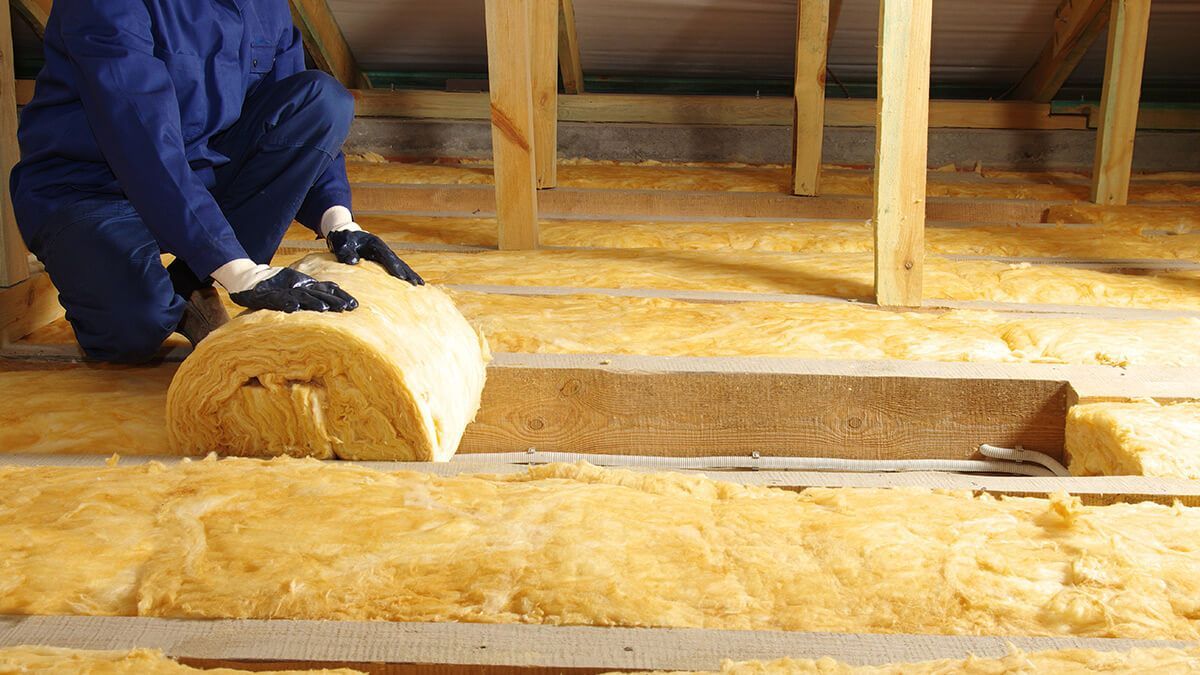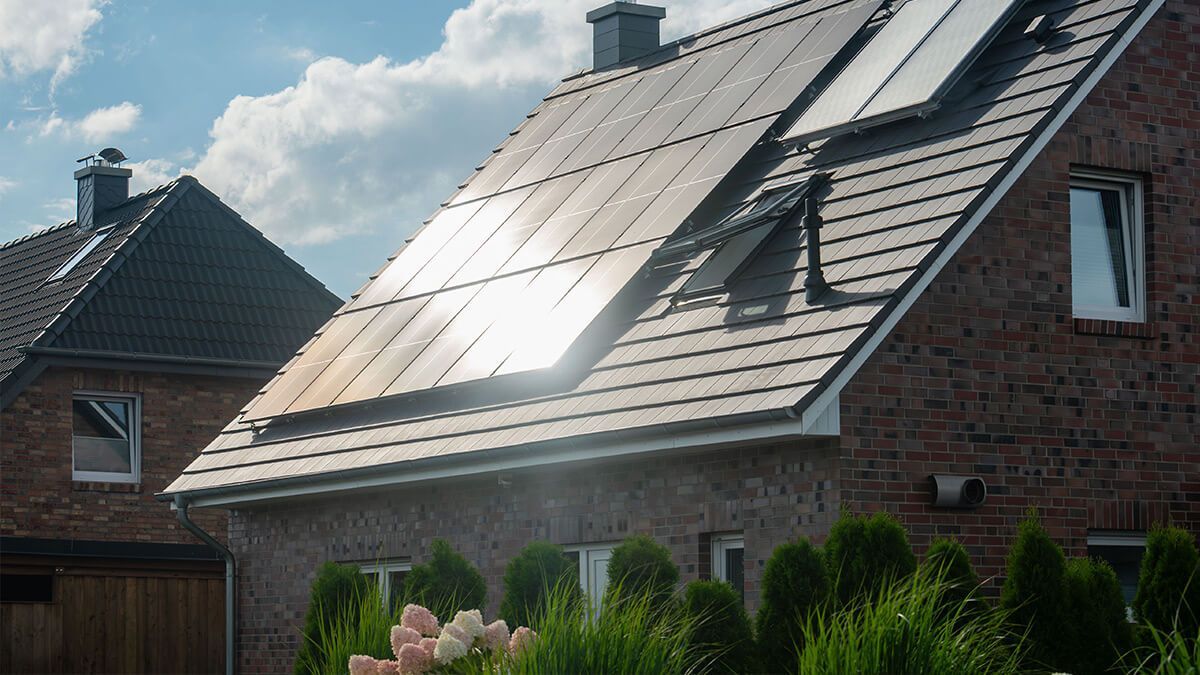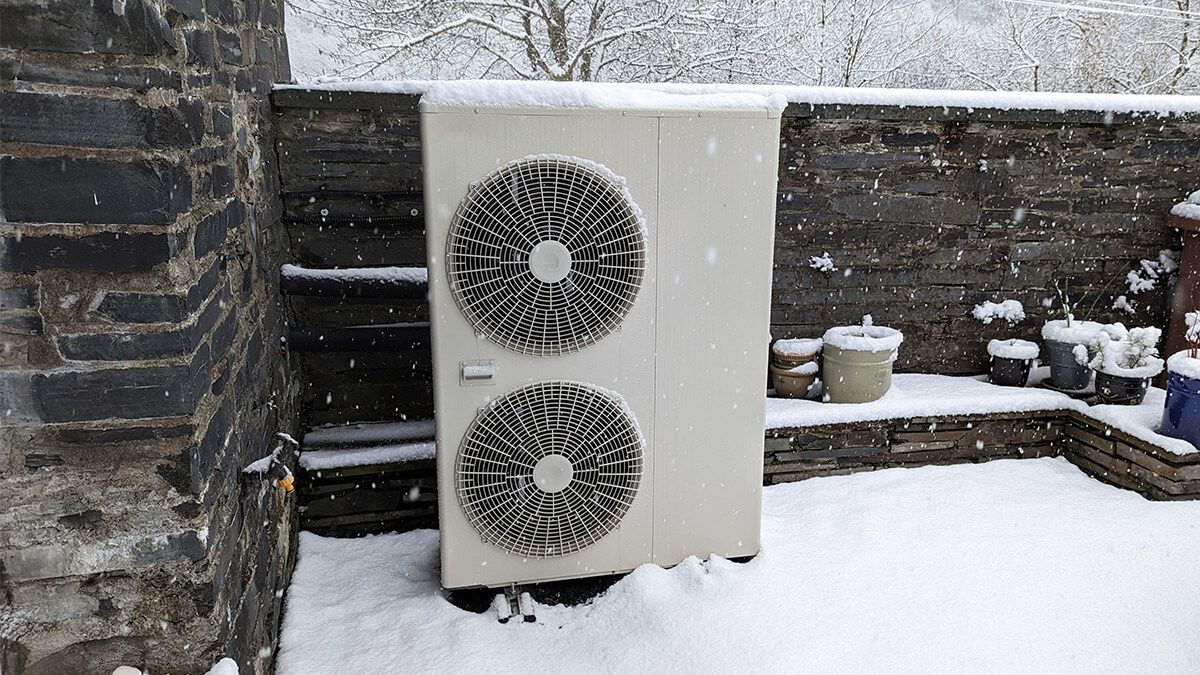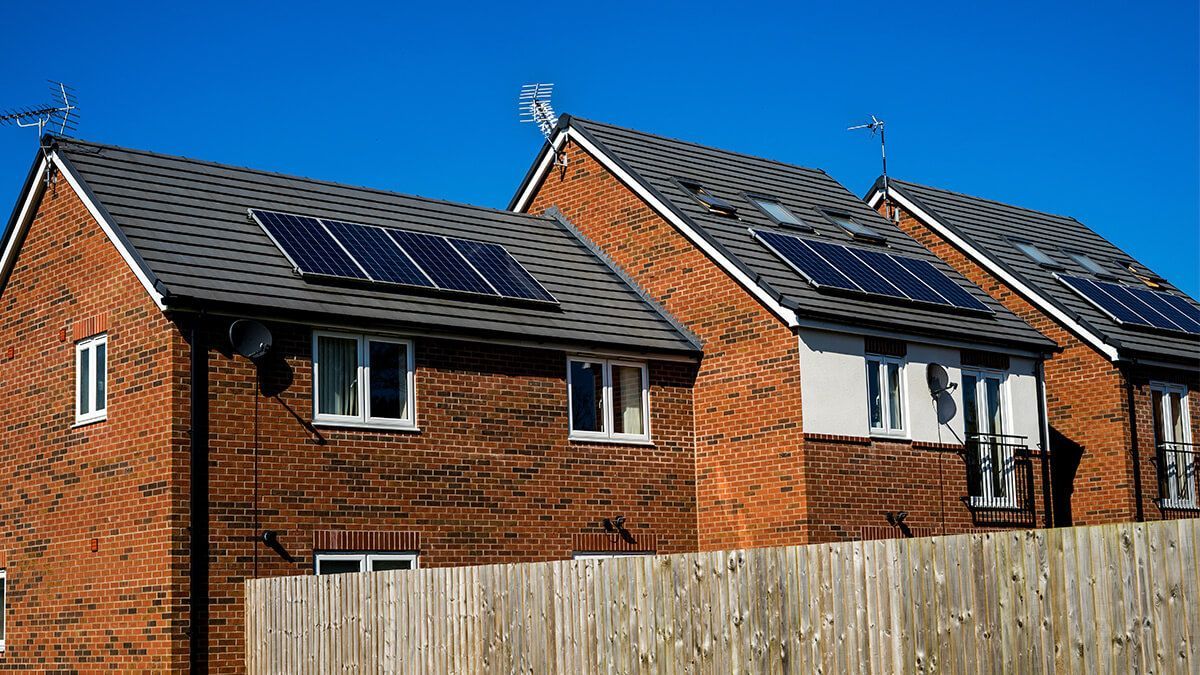
Updated On

Popular posts
In the world of construction and home improvement, one often hears about the importance of insulation. But what exactly does insulation do, and does it keep heat in or out? This question has puzzled many homeowners and DIY enthusiasts, and in this comprehensive article, we aim to demystify the role of insulation in regulating temperature within your living space.
Understanding the Basics of Insulation
Before delving into whether insulation keeps heat in or out, it's essential to understand what insulation is and how it works. Insulation is a material that is used to slow down the transfer of heat. It acts as a barrier, reducing the flow of heat between different spaces. Insulation materials are commonly installed in walls, ceilings, floors, and roofs to maintain a comfortable indoor environment.
Types of Insulation
There are several types of insulation available on the market, each with its unique properties and applications. These include:
1. Fiberglass Insulation
Fibreglass insulation consists of tiny glass fibres and is known for its effectiveness in both temperature control and soundproofing. It is commonly used in residential and commercial buildings.
2. Cellulose Insulation
Cellulose insulation is made from recycled paper products treated with fire retardants. It is an eco-friendly option known for its thermal resistance and is often used in attics and walls.
3. Spray Foam Insulation
Spray foam insulation is a versatile option that expands upon application, filling gaps and cracks. It provides excellent thermal resistance and is commonly used in tight spaces.
4. Reflective Insulation
Reflective insulation uses shiny surfaces to reflect heat away from your living space. It is commonly used in attics and crawl spaces.
5. Radiant Barrier Insulation
Radiant barrier insulation consists of a reflective material that reflects heat, making it particularly effective in hot climates.
The Role of Insulation: Keeping Heat In
One of the primary functions of insulation is to keep heat inside your home during colder months. Here's how it accomplishes this:
1. Reducing Heat Transfer
Insulation materials, such as fibreglass and cellulose, work by slowing down the transfer of heat through conduction. This means that when your home's heating system warms the indoor air, insulation helps retain that warmth by preventing it from escaping through walls and ceilings.
2. Minimising Energy Loss
By effectively trapping heat inside, insulation reduces the need for constant heating, ultimately lowering your energy bills. It acts as a thermal barrier, ensuring that the warmth generated within your home stays put.
3. Maintaining Comfort
Properly insulated homes are more comfortable to live in during cold weather. Insulation not only keeps the indoor temperature pleasant but also helps prevent drafts and cold spots, creating a cosy living environment.
The Role of Insulation: Keeping Heat Out
While insulation excels at keeping heat in, it also plays a crucial role in keeping heat out during hot summer months. Here's how insulation achieves this:
1. Reflecting Radiant Heat
Materials like reflective insulation and radiant barrier insulation are designed to reflect radiant heat from the sun. By doing so, they prevent the sun's heat from penetrating your home's interior, keeping it cooler.
2. Reducing Air Conditioning Load
Insulation helps maintain a comfortable indoor temperature, reducing the workload on your air conditioning system. This, in turn, saves energy and lowers cooling costs.
3. Blocking Heat Transfer
Just as insulation inhibits heat loss in winter, it also hinders heat gain in summer. Insulation materials like spray foam and reflective insulation are effective at blocking heat transfer, keeping your home cooler.
Achieving the Perfect Balance
The ideal home insulation strategy involves achieving a balance between keeping heat in during winter and keeping heat out during summer. By doing so, you can create an energy-efficient and comfortable living space year-round.
Conclusion
So, does insulation keep heat in or out? The answer is both. Insulation is a versatile and essential component of any building's construction, serving the dual purpose of maintaining a comfortable indoor environment in all seasons. Whether you're trying to stay warm during a winter snowstorm or beat the summer heat, insulation plays a pivotal role in ensuring your home remains a haven of comfort.
New Paragraph
You may also like
New Paragraph
© 2024 Copyright - Website owned and run by Rock Box Media Limited




